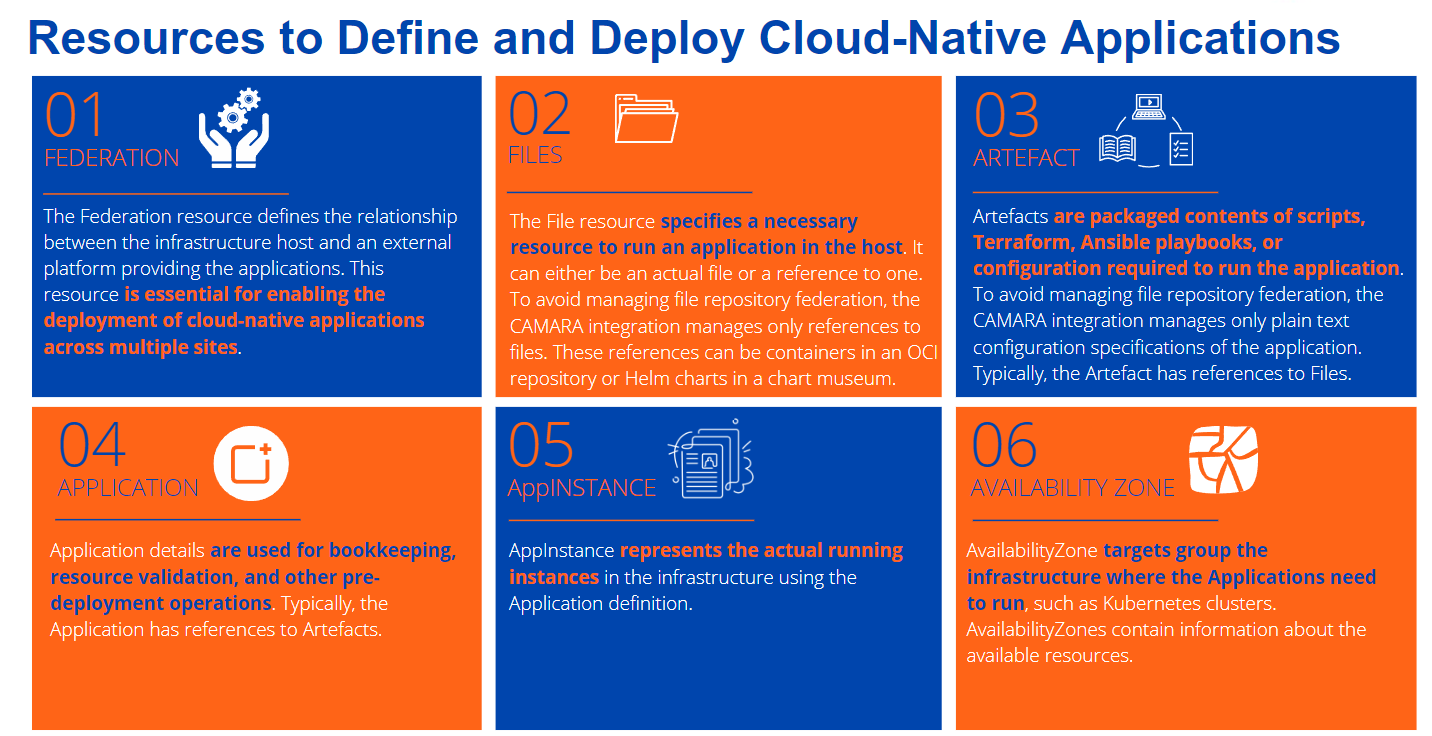Blog | nearby computing
All you need to know about The CAMARA Federation APIs
CAMARA project, led by the GSMA and the Linux Foundation/CNCF, is an initiative towards developing infrastructures for cloud-native applications that can be deployed in a federated way. In this article we develop the CAMARA federation APIs concept.
Federation means that one of the project objectives is to provide a standard for cloud-native applications to be deployed and managed across multiple sites, including public and private clouds across different Telco networks. Some call it the applications’ roaming.
CAMARA project was born out of the idea of creating, through collaboration, testing, and standardization, a global, federated, and competitive Telco Edge Cloud providing low-latency services and innovative solutions to customers and end-users worldwide
This article summarizes some of the key technical aspects that characterize CAMARA as a unique effort from the telco and IT industries.
Resources to define and deploy cloud-native applications
At its core, CAMARA defines a set of resources that can be used to define and deploy cloud-native applications. Each of these resources plays a crucial role in specifying and managing cloud-native applications across multiple sites.
This set of resources includes:
Application
Application details are used for bookkeeping, resource validation, and other pre-deployment operations. Typically, the Application has references to Artefacts.
Federation
The Federation resource states the relationship between the infrastructure host and an external platform providing the applications. This resource is essential for enabling the deployment of cloud-native applications across multiple sites.
File
The File resource specifies a necessary resource to run an application in the host. It can either be an actual file or a reference to one. To avoid managing file repository federation, the CAMARA integration manages only references to files. These references can be containers in an OCI (Oracle Cloud Infrastructure) repository or Helm charts in a chart museum.
Application
Application details are used for bookkeeping, resource validation, and other pre-deployment operations. Typically, the Application has references to Artefacts.
AppInstance
AppInstance represents the actual running instances in the infrastructure using the Application definition.
AvailabilityZone
Lastly, AvailabilityZone targets grouping the infrastructure where the Applications need to run, such as Kubernetes clusters. AvailabilityZones contain information about the available resources.

Benefits of the CAMARA project
One of the key benefits of the CAMARA project is that it enables the deployment of cloud-native applications across multiple sites with ease. This is particularly useful for organizations that need to deploy applications in multiple locations, such as public and private clouds. By providing a standard for cloud-native application deployment, CAMARA makes it easier for organizations to manage and scale their applications across multiple Telco networks.
- The CAMARA federation HTTP API exposes a set of CRUD (Create, Read, Update and Delete) operations on these resources.
- Every interaction performed against the CAMARA API is authorized using the OAuth Client Credentials flow.
The role of Nearby Computing in CAMARA Federation APIs
Nearby Computing is one of the companies participating in CAMARA project and one out of 20 that have signed the agreement to launch the Open Gateway Initiative to integrate telcos and cloud services, opening up endless possibilities.
Nearby Computing, with its 360 edge-to-cloud management platform, Nearby One, has accomplished the first reference implementation of the E-W platform federation interface, using CAMARA APIs.
As a conclusion, the CAMARA project is a key and decisive effort to develop a robust standard for cloud-native application deployment. By providing a set of resources for defining and managing cloud-native applications across multiple sites, CAMARA enables organizations to deploy and scale their applications.
With the growing popularity of cloud-native applications, projects like CAMARA are driving innovation and paving the way for a new era in the field of cloud and edge computing.




